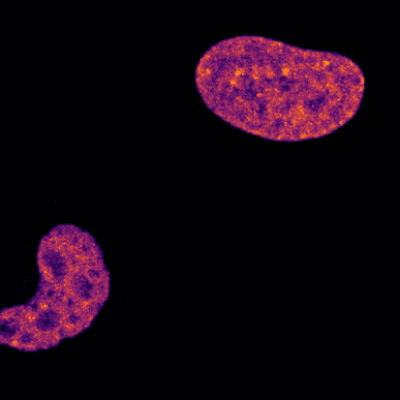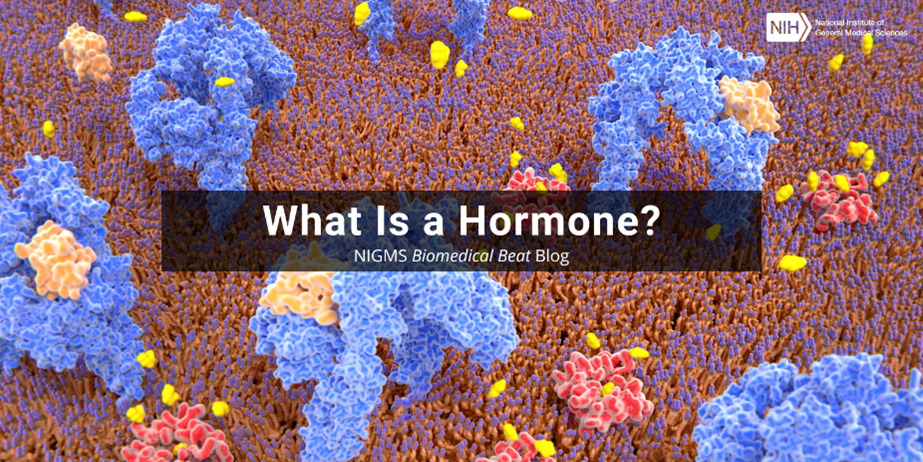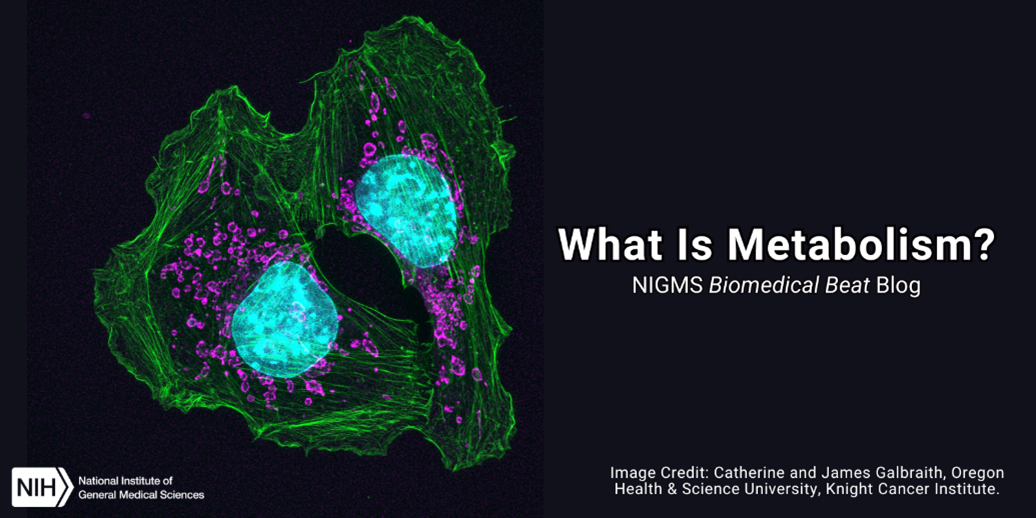You might know that tiny individual units called cells make up your body. But did you know some of your cells die every day as a part of their normal life cycle? These deaths are balanced by other cells splitting into two identical cells, a process called mitosis.

Regulated Cell Death
For the most part, cells die in a controlled way in response to specific signals that tell them to. The cell tightly controls this process, which is why researchers call it regulated cell death.
Regulated cell death is important for removing cells that are no longer useful or are possibly dangerous to the rest of the body. Some reasons a cell may undergo this process are:
- DNA damage or mistakes in DNA replication that the cell can’t fix, which could lead to cancer
- The absence of messenger molecules telling the cell to grow and survive
- Not enough nutrients in the environment
- Bacterial or viral infection
There are many types of regulated cell death; one of the most common is apoptosis. A cell undergoing apoptosis will shrink and then break down all its internal parts, including its DNA. Those internal parts are then packaged into small membrane-bound bubbles that disperse into the environment around the cell. Often, nearby cells will engulf those bubbles and recycle the contents.
Accidental Cell Death
Cells in the body can also die through accidental cell death, sometimes called necrosis. Accidental cell death can happen after exposure to insults such as extreme temperature (hot or cold) or forces that twist, pull, or stretch a cell. In these cases, the cell’s membrane bursts and releases the cell’s contents directly into the environment, without packaging them into bubbles. This release raises warning flags that draw immune cells to clean up the debris.
While it might be surprising to learn that cells in your body die, you now know there’s no cause for concern. This process is an important part of keeping you healthy!







